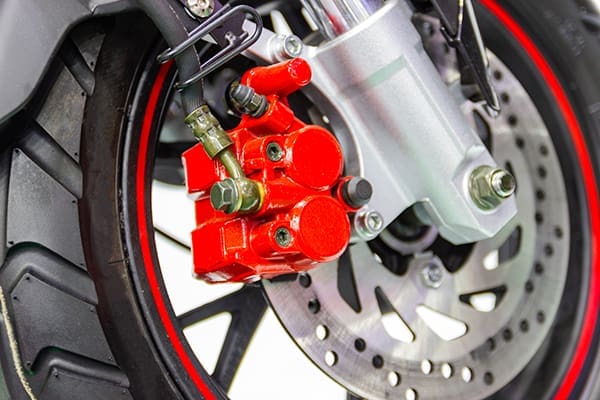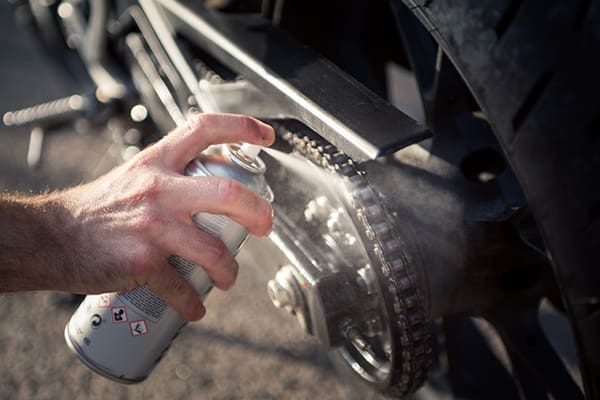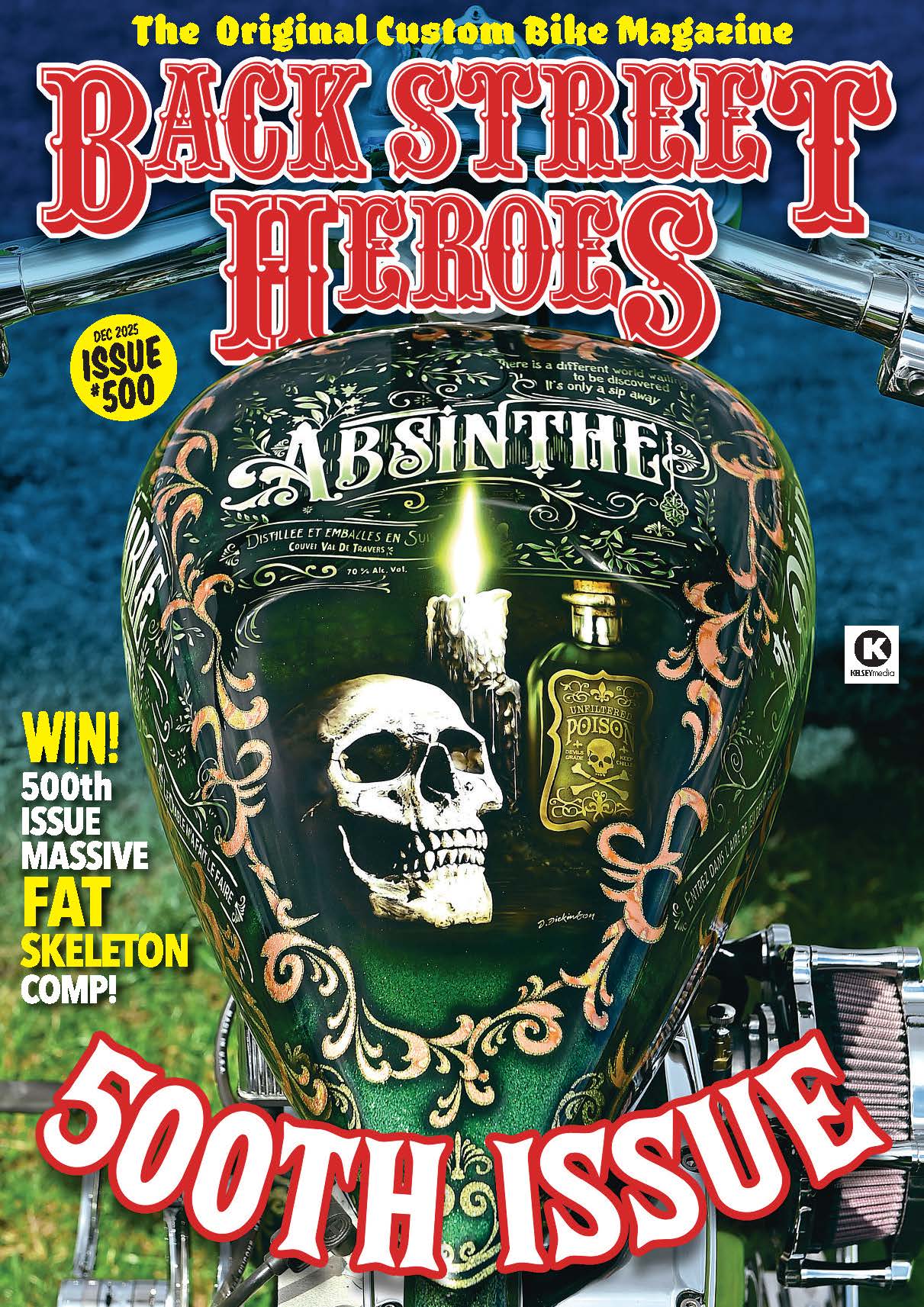A motorcycle’s braking system is one of the most important aspects of rider safety. It’s not just about how quickly a bike can stop, but how predictably and confidently it does so.
While many riders focus on engine power or suspension tuning, reliable brakes are what truly keep you safe when something unexpected happens.

Brake discs and their important role
The brake disc, perhaps also known as the rotor, is a core component of the braking system. When you squeeze the brake lever, the pads grip the spinning disc, turning kinetic energy into heat and gradually slowing the bike.
The condition of the brake disc directly impacts braking efficiency. A worn or uneven disc can increase stopping distance and reduce stability, especially at high speeds. Keeping it clean, properly aligned and within its wear limits is key to performance.
There are several types of motorcycle brake disks, each suited to different riding needs. Solid discs are simple and affordable, commonly found on commuter bikes. Drilled or vented discs offer better heat dissipation, making them ideal for sport riding. Wave or petal discs, often seen on performance models, help reduce weight and improve cooling under extreme braking. Choosing the right type ensures consistent stopping power and longer component life.

The importance of brake callipers and brake pads
Brake callipers are responsible for applying force to the pads, which then clamp onto the disc. If a calliper becomes corroded or clogged with debris, it can’t move smoothly and that affects your ability to stop in time.
When not properly maintained, callipers can seize, leading to uneven pressure or even brake failure. Regular cleaning and inspection, along with timely pad replacement, helps maintain responsive braking and reduces the risk of dangerous performance drops.

Chain lubrication and its role in ensuring safety
Although not part of the braking system, the drive chain directly affects how safely the bike performs. A dirty or dry chain increases stress on the drivetrain, reduces efficiency and can lead to sudden mechanical failure.
In e-commerce firm AUTODOC’s opinion, motorcycle maintenance should always include chain care. Experts recommend lubricating the chain every 400–600km, and especially after rain or riding in dusty environments. It’s a small step that pays off in smoother handling and longer component life.

Expert recommendations for equipment maintenance
Proper maintenance also applies to your riding gear. As AUTODOC advises: “Keep your helmet in a cool, dry place shielded from direct sunlight and temperature extremes, because extended exposure to these conditions can speed up the breakdown of the material.
“It should be cleaned regularly with mild soap and water and micro cleaning cloths, avoiding harsh chemicals that may damage its integrity.”
This approach keeping gear clean, protected, and inspected should guide all aspects of motorcycle care, including brake system upkeep.
Safety in figures, backed up by statistics
Government transport data highlights just how vulnerable motorcyclists are:
- Motorcycles account for only 1% of traffic, yet represent 20% of all road fatalities
- Many fatal crashes involve braking errors or delayed stopping in emergency situations
- Studies confirm that well-maintained brakes can reduce stopping distance by up to 30%, especially on wet roads.
Clearly, taking the time to care for your braking system isn’t optional, it’s essential.
The braking system is your most important safety tool on two wheels. Smooth discs, working callipers, and a well-lubricated chain combine to deliver the control you need in any situation.
Preventive maintenance saves more than just money, it protects your life. So whether you’re heading out for a short ride or a long journey, check your brakes, inspect your chain and make safety part of the routine.
Confidence on the road begins with control and control begins with brakes you can rely on.




